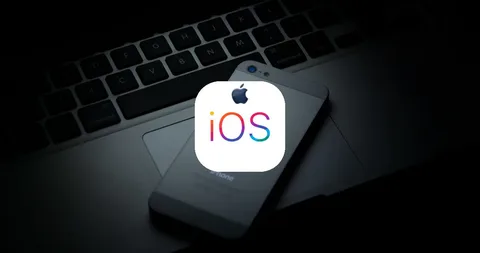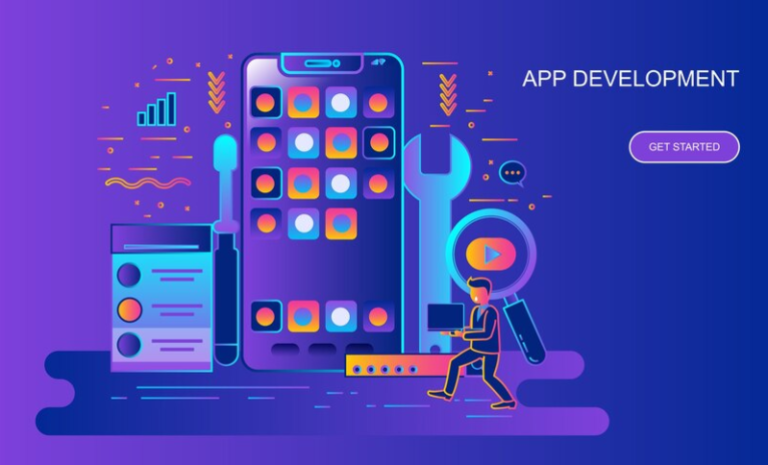Dysarthria is a motor speech disorder that affects millions of individuals worldwide, caused by neurological conditions such as stroke, traumatic brain injury, Parkinson’s disease, or cerebral palsy. This disorder results in slurred, slow, or unclear speech, making communication a significant challenge. Traditional rehabilitation methods, though helpful, often struggle to meet the diverse needs of patients. However, advancements in Artificial Intelligence (AI) and robotics are opening new doors in dysarthria rehabilitation. These technologies offer personalized, real-time interventions, making therapy more effective, accessible, and tailored to individual needs.
Understanding Dysarthria: A Complex Condition
Dysarthria occurs when the muscles used for speech production are weakened or uncoordinated. The condition may manifest in various ways depending on the extent of neurological damage. Common symptoms include:
- Slurred speech
- Reduced speech clarity and volume
- Difficulty controlling the speed and rhythm of speech
- Hoarseness or breathy voice
People with dysarthria often find it difficult to communicate effectively, leading to social isolation and a reduced quality of life. Traditionally, speech therapy has been the cornerstone of treatment. Speech-language pathologists (SLPs) work with patients through various exercises aimed at improving muscle control and speech clarity. However, the limitations of in-person therapy, including session frequency, cost, and access to qualified therapists, leave many patients underserved.
The Role of AI in Dysarthria Rehabilitation
Artificial Intelligence has emerged as a game-changer in the field of speech therapy. AI-driven technologies are now capable of analyzing speech patterns with remarkable accuracy, providing valuable insights that were previously unavailable. Here’s how AI is transforming dysarthria rehabilitation:
- Speech Pattern Analysis and Feedback: AI tools can assess a patient’s speech in real-time, identifying patterns, inconsistencies, and weaknesses. By recognizing subtle changes in speech quality, AI can offer instant feedback, enabling patients to adjust their speech techniques during exercises.
- Personalized Treatment Plans: AI-powered applications can tailor rehabilitation exercises based on individual progress and needs. By continuously learning from a patient’s performance, the system can adapt to provide more targeted interventions that align with the patient’s unique challenges.
- AI-Powered Apps: Several AI-driven apps for speech therapy are already in use. These apps employ advanced algorithms to guide patients through a series of exercises and track their progress over time. Some apps even simulate conversations, providing patients with the opportunity to practice in a low-pressure, virtual environment.
Revolutionizing Rehabilitation with Robotics
Robotics has also made significant strides in dysarthria rehabilitation. Robotic-assisted speech therapy devices are being developed to help patients regain control over their speech muscles through repetitive, guided exercises. These devices often use haptic feedback, allowing patients to feel the movements of their muscles, which reinforces learning and motor control.
- Robotic Speech Assistants: Robotic systems are capable of mimicking human therapists, guiding patients through various speech exercises. These robots are designed to provide consistent, hands-on training, giving patients the support they need to improve muscle strength and coordination.
- Fine Motor Control: In addition to speech-specific exercises, robotic systems can also assist patients with exercises that target fine motor control, which is crucial for the proper movement of the vocal cords and articulatory muscles. This integration of robotic technology helps patients regain motor skills that directly impact speech.
AI and Robotics Working Together: A Collaborative Approach
The true power of AI and robotics lies in their ability to work together. AI can guide robotic systems to adapt in real-time to a patient’s performance, offering a highly personalized approach to therapy. Here’s how this collaboration is shaping the future of dysarthria rehabilitation:
- Real-Time Feedback Loops: AI-powered robots can continuously assess a patient’s progress, providing immediate feedback during therapy sessions. This feedback loop ensures that the patient receives up-to-date, tailored guidance to correct speech issues as they arise.
- Tracking Patient Data and Progress: Through the use of AI algorithms, robotic systems can track patient data over time, enabling therapists to monitor progress and adjust treatment plans accordingly. This data-driven approach ensures that the therapy is as effective as possible, even in long-term treatment cases.
- Enhanced Outcomes: Combining AI’s analytical capabilities with the precision of robotics has shown to produce enhanced outcomes. The synergy between these two technologies accelerates recovery and provides a more dynamic approach to rehabilitation.
The Future of Dysarthria Rehabilitation: What Lies Ahead
As AI and robotics continue to evolve, the future of dysarthria rehabilitation looks incredibly promising. Innovations in machine learning and robotics will likely lead to even more advanced devices and applications that provide deeper insights into speech patterns, muscle control, and rehabilitation progress. Moreover, AI-driven therapies may become more widely accessible, potentially bridging the gap for patients in remote areas or underserved communities.
Some predictions for the future include:
- More advanced, adaptive robotic systems capable of real-time speech modulation.
- Increased use of virtual reality and augmented reality to create immersive environments for practicing speech.
- Enhanced AI capabilities that can predict potential speech issues before they manifest, allowing for early intervention.
The Impact on Patients and Caregivers
The integration of AI and robotics in dysarthria rehabilitation is already making a significant impact on patients and caregivers alike. These technologies offer patients a more engaging, self-paced approach to therapy, which helps reduce the frustration often experienced in traditional rehab settings. Real-time feedback and progress tracking allow for more effective goal setting and continuous improvement.
For caregivers, AI and robotic systems provide an invaluable tool to monitor progress remotely, offering peace of mind and reducing the need for constant in-person visits. Therapists also benefit from these technologies, as they are equipped with detailed data and insights that allow them to fine-tune treatments, making them more effective in the long run.
Challenges and Ethical Considerations
Despite their vast potential, the integration of AI and robotics in dysarthria rehabilitation is not without its challenges. Some patients may experience skepticism or distrust toward AI-driven technologies, particularly in sensitive areas like healthcare. Ensuring that these systems are user-friendly, transparent, and ethical is critical.
- Privacy Concerns: The collection and storage of patient data raise privacy issues that must be carefully managed. Developers and healthcare providers must ensure that all AI and robotic systems comply with privacy regulations and that patient data is protected.
- Maintaining a Human Touch: While robots and AI can provide consistent and efficient treatment, human therapists will still play a crucial role. They must guide, monitor, and adjust treatments to ensure that patients receive holistic care that combines technology with emotional and social support.
Conclusion
AI and robotics are breaking barriers in the field of dysarthria rehabilitation, providing a brighter future for patients and therapists alike. These technologies are offering personalized, precise, and data-driven approaches to speech therapy, enabling more effective rehabilitation for individuals with speech impairments. As these innovations continue to evolve, they will not only improve the quality of life for those with dysarthria but also expand access to therapy in areas where resources are limited. The future of dysarthria rehabilitation is here, and it is powered by AI and robotics, offering unprecedented opportunities for speech recovery and improved communication.








